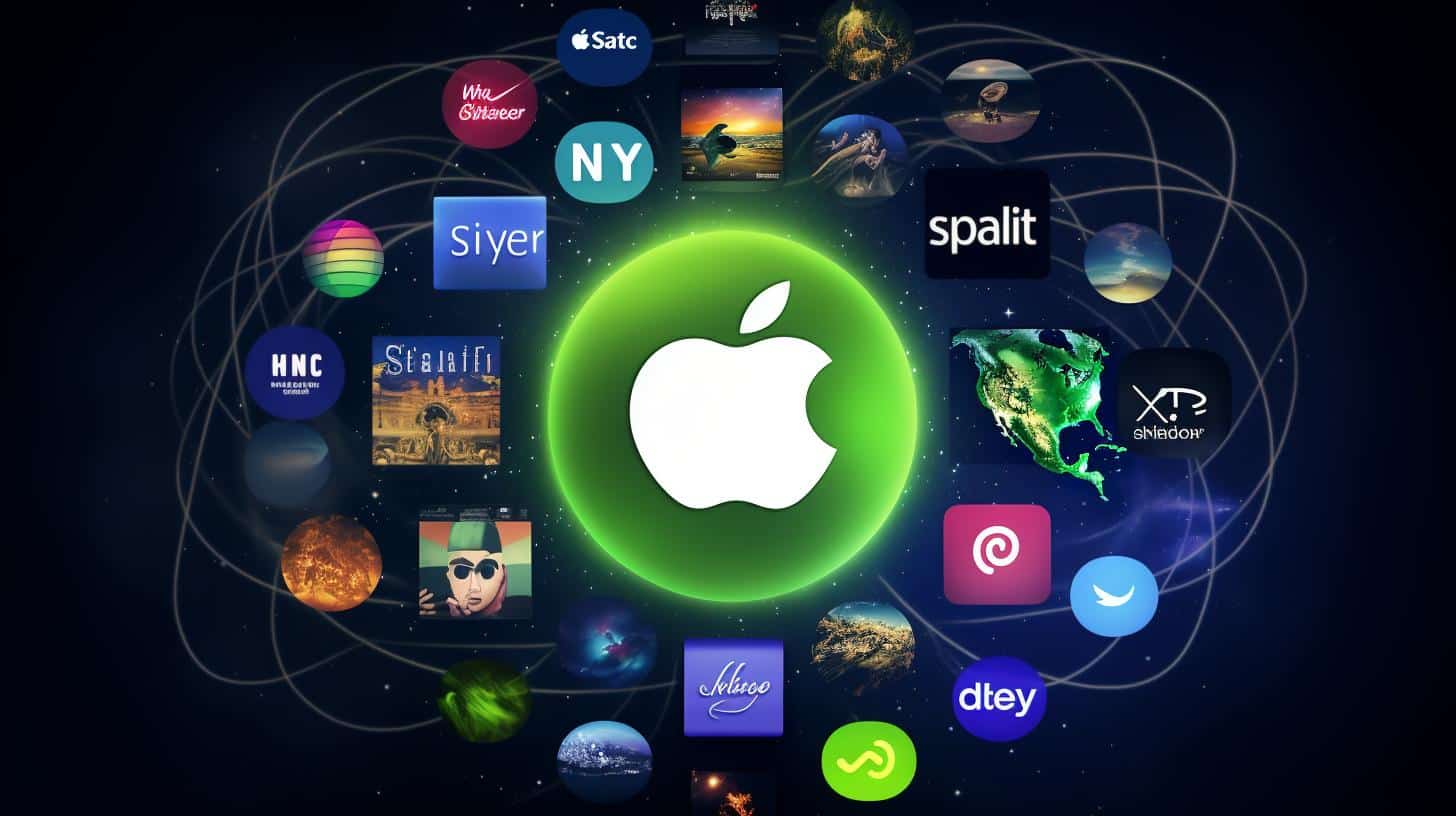In the era of digital music consumption, music streaming services have become the go-to platforms for discovering and enjoying music. Two of the most popular streaming services, Spotify and Pandora, have emerged as leaders in this industry. While both platforms offer users access to a wide range of music, they have distinct differences in terms of features, user experience, and target audience. In this article, we will conduct a SWOT analysis to compare the strengths, weaknesses, opportunities, and threats of Spotify and Pandora.
Strengths: Spotify’s Vast Music Library and Personalized Recommendations
One of Spotify’s main strengths lies in its extensive music library, which boasts over 70 million tracks. This vast collection ensures that users can find almost any song they desire, from the latest chart-toppers to niche genres and obscure tracks. Additionally, Spotify’s algorithm-based personalized recommendations are highly regarded for their accuracy and effectiveness. By analyzing users’ listening habits, Spotify creates curated playlists and suggestions that cater to individual tastes, making music discovery a seamless and enjoyable experience.
Another key strength of Spotify is its user-friendly interface and intuitive navigation. The platform offers a sleek and visually appealing design, allowing users to easily search for artists, albums, or songs with just a few clicks. The ability to create and share playlists with friends and followers further enhances the social aspect of the service, fostering a sense of community among music enthusiasts.
Weaknesses: Pandora’s Limited Music Selection and Lack of On-Demand Listening
While Pandora has its strengths, it also has some notable weaknesses. One major drawback is its limited music selection compared to Spotify. Pandora’s catalog contains around 40 million songs, which pales in comparison to Spotify’s extensive library. This limitation may frustrate users who are looking for specific tracks or artists that are not available on the platform.
Another weakness of Pandora is its lack of on-demand listening. Unlike Spotify, which allows users to choose and play any song at any time, Pandora operates primarily as a radio service. It relies on its proprietary Music Genome Project algorithm to create personalized radio stations based on a user’s preferred artists or genres. While this approach can be great for discovering new music, it can be restrictive for those who prefer full control over their listening experience.
Opportunities: Spotify’s Growing User Base and Expansion into New Markets
Spotify has experienced remarkable growth in its user base, making it one of the leading music streaming services in the world. This presents an opportunity for the platform to leverage its large user base and expand into new markets. By offering localized content, language support, and region-specific playlists, Spotify can cater to the diverse musical tastes of users worldwide. Additionally, Spotify’s expansion into podcasting has opened up new avenues for content creation and partnerships, allowing the platform to reach a broader audience beyond music.
Threats: Pandora’s Struggle to Compete with Spotify’s Innovative Features
Pandora faces significant threats in the form of competition from Spotify’s innovative features and offerings. Spotify has continually introduced new features and improvements, such as collaborative playlists, personalized daily mixes, and integration with smart devices. These innovative additions have strengthened Spotify’s position in the market and made it the go-to choice for many music enthusiasts. As a result, Pandora has struggled to keep up and differentiate itself, potentially leading to a decline in its user base and market share.
In the battle of music streaming services, Spotify and Pandora have their own distinct strengths, weaknesses, opportunities, and threats. While Spotify excels in its vast music library and personalized recommendations, Pandora falls behind with a limited music selection and lack of on-demand listening. However, both platforms have opportunities to capitalize on, such as Spotify’s growing user base and expansion into new markets, and Pandora’s potential to innovate and differentiate itself. As the music streaming industry continues to evolve, it will be interesting to see how these two giants navigate the competitive landscape and cater to the ever-changing demands of music lovers worldwide.













